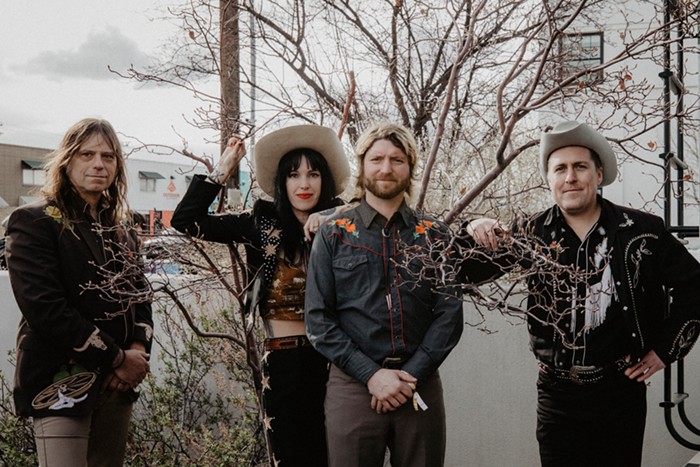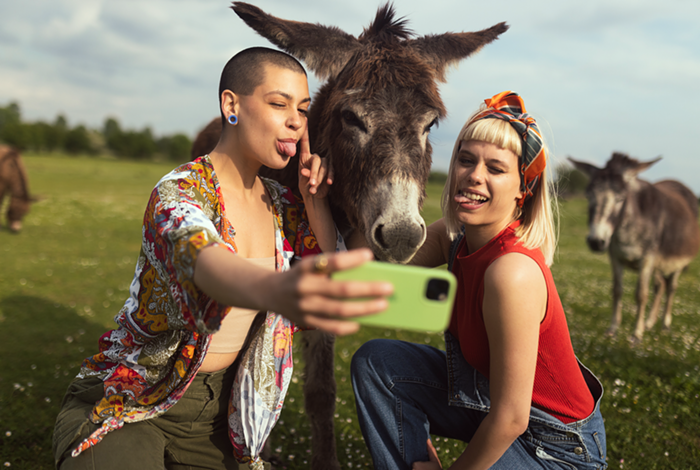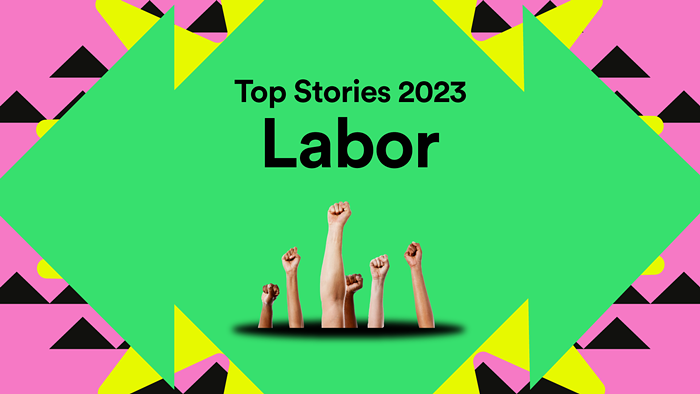THE PREMISE
Cultured Caveman is a cart-success story well worth exploring. Opened two months ago, it has the requisite mix of exciting variables: personable and highly intelligent young entrepreneurs (Joe Ban and Heather Hunter), a good version of a trending product ("paleo" food), an embedded and vastly underserved audience (paleo and CrossFit adherents), a fully funded Kickstarter campaign, and the advantage of being first to market with this cuisine (as far as carts go). Two months into their experiment, their success burgeons as their menu finds refinement and eaters of all stripes gather for flavorful, nutrient-dense food that is not designed around the omission of some forbidden pleasure, but around the strengths of its key ingredients.
Backstory and Menu
Ban, 25, and Hunter, 26, come from backgrounds in research chemistry and restaurants. Ban, whose dietary and fitness needs led him to develop many of these recipes, saw an opportunity to start a business serving the type of food he was struggling to find. Neither was a professional cook until now, but their dishes are balanced and well composed: For a menu centered around an extremist diet, it doesn't seem like crunchy hippie grub endured by idealists in search of the perfect bowel movement. It turns out that rich grass-fed beef chili, fried chicken with green pepper aioli, rainbow fries (russets, yams, and purple potatoes dusted with fragrant, freshly muddled rosemary), addictive bacon-wrapped almond-stuffed dates, and bacon-kale frittata muffins adhere perfectly to the principles of a paleo diet. (So does frying in house-rendered beef tallow, a luxurious and expensive medium.) There are decent salads of high nutritional value, of course: beets and walnuts in vinaigrette; cabbage, carrot, and kale with lemon-ginger dressing. Wrapping up the small but varied menu is their "bone broth," a hot beef stock. It's an eight-ounce cup of dark, rich marrow-liquor made from the femur, knuckle, and neck bones of grass-fed cows, and is precisely the restorative bouillon that gives us the word "restaurant."*
The Finances: Backers and Costs
With a handful of savings, Ban and Hunter bought an enfeebled old camper, built it into a class-four mobile unit with a princely number of sinks, and filmed a video for their Kickstarter page. Within two weeks they had surpassed their relatively humble $5,000 goal by over 20 percent, a feat made possible by the worldwide paleo community's support: Ban says that over half the funds came from non-Portland donors, with an average donation of $25 a person. Hunter cites careful research into other successful Kickstarter campaigns when designing their tiered system of giving, in order to create giving levels that hewed closely to the spectrum of donor resources and psychologies.
The rest of the $20,000 it cost to start the cart came from heavily leveraged credit cards and a last gasp of savings. With a menu centered on humanely raised proteins, their food costs are near 50 percent—well high of a more typical 30 percent—and with all items modestly priced between $3 and $5, recouping their investment will take some time. Given the groundswell of support from local paleo and non-paleo diners, however, this seems far from impossible.
Other Success Factors
There is a clever universality built into the menu. Despite their dedication to the paleo diet, the cart has something for the omnivore, something for the vegetarian, something for the vegan, and something for the carb counter. They also keep a rigorous schedule: Annoyed by the brief and inconsistent hours kept by many carts, they have challenged themselves with nine hours a day, seven days a week, at the outset. Active Facebook and Twitter feeds alert customers to things like a brief closure while Ban was in the hospital (such humanizing communications bring more sympathy than grumbling, they say), and plans are already underway to place the foods they've developed into larger retail channels.
WHAT IS THE PALEO DIET?
The "paleo diet" is, as I understand it, the diet our bodies evolved with before we used our brains to sell Hostess Sno Balls and "pizza cones" to each other. If it was available to put in your mouth before we lined corn up in rows and crushed wheat with a granite thivel, our alimentary canals found efficient and healthful ways to turn it into prolonged life. Then, 10,000 years ago, Frederick H. Krusteaz Sr. came along and ruined things for everyone. Something like that.
Open daily 11 am-8 pm. Active updates on Twitter, Facebook.
_____________________________________________________________* "Restaurant: Food or remedy that has the property of restoring lost strength to a sickly or tired individual. Consommé and extract of partridge are excellent restaurants," from Antoine Furetière's Dictionnaire Universel (1708), as quoted in Rebecca L. Spang, The Invention of the Restaurant: Paris and Modern Gastronomic Culture (Harvard University Press, 2000).



















